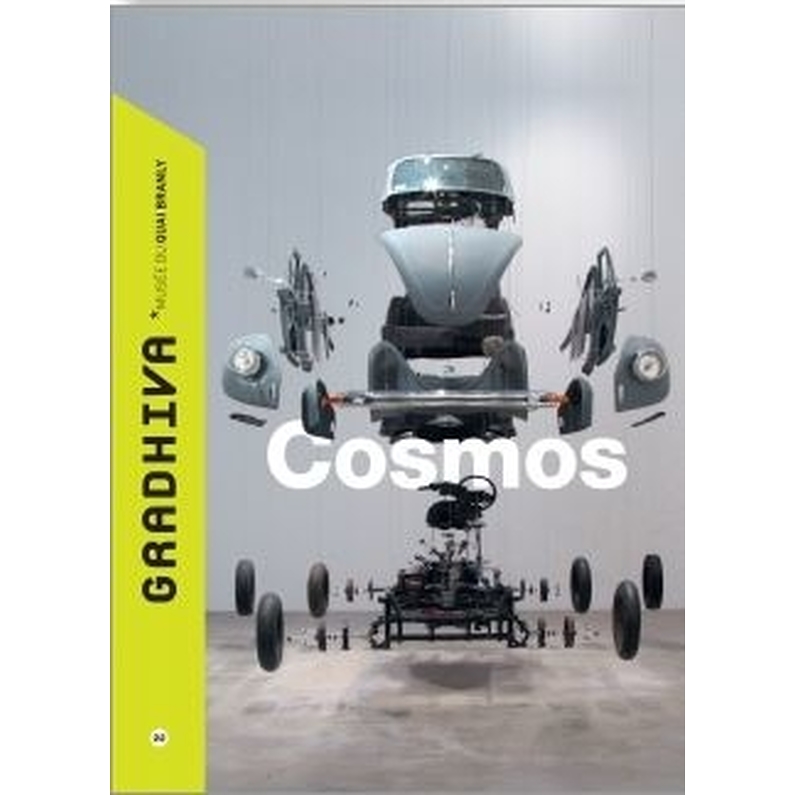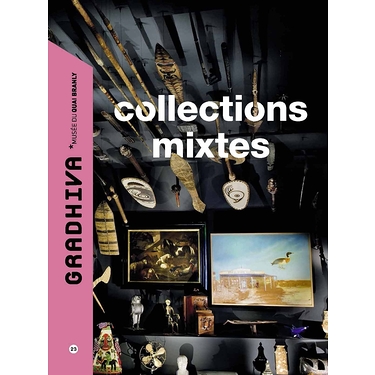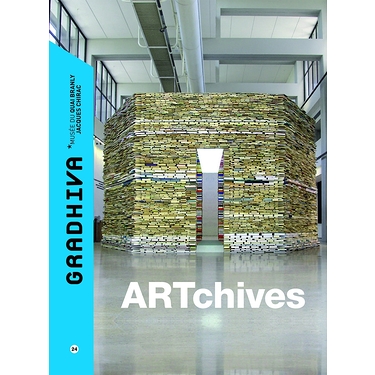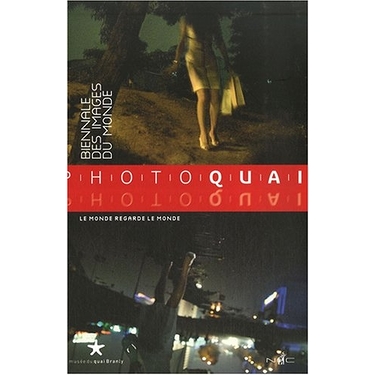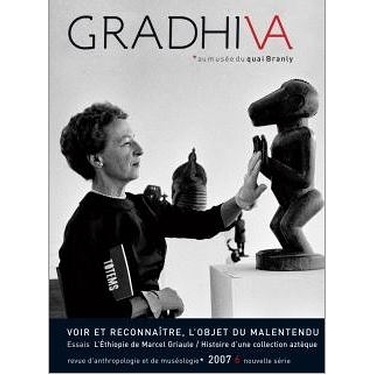Description
How to apprehend the cosmos, this enormity including the terrestrial universe and the celestial objects? How to visualize it? Hold it in his hands?
Cosmological systems of relations that organize a whole are, for a long time, subjects of study privileged by anthropology. They are commonly found in the form of totalising representations (like a mandala, or a globe), or in the form of objects containing the cosmos (like a cauldron). To use other terminologies, they can be declined in "cosmograms", which treat the cosmos as an independent and autonomous entity, or in "cosmic objects", which contain the cosmos. Or, to put it another way, these cosmologies reveal "panoptic" views, which make it possible to "easily embrace at a glance" or "oligoptic" views, offering the totality they seek. to express partial, mobile views, connected to others. Anthropology, but also the history of modern knowledge and the anthropology of science and technology, are thus broken to objects and devices making it possible to hold the cosmos in its hands or to have it in front of its eyes, making it possible to to contemplate it, to control it and to experience it. What, nevertheless, are the small operators necessary for such maneuvers?
By proposing to approach cosmologies other than as representations of the cosmos, the authors of this new issue of Gradhivain avoid following the slow, patient, often laborious, sometimes confused, elaborations of the cosmos, by focusing on the ingredients or components, as well as than their modes of connection. How is the cosmos captured - rather than captured? What are the revealers? What, locally, is able to serve as an indicator of changes beyond us (such as atmospheric changes)?
Characteristics
directed by Sophie Houdart et Christine Jungen
- Number of pages
- 248
- Categories
- Bookshop & Media, Quai Branly's Editions, Reviews

